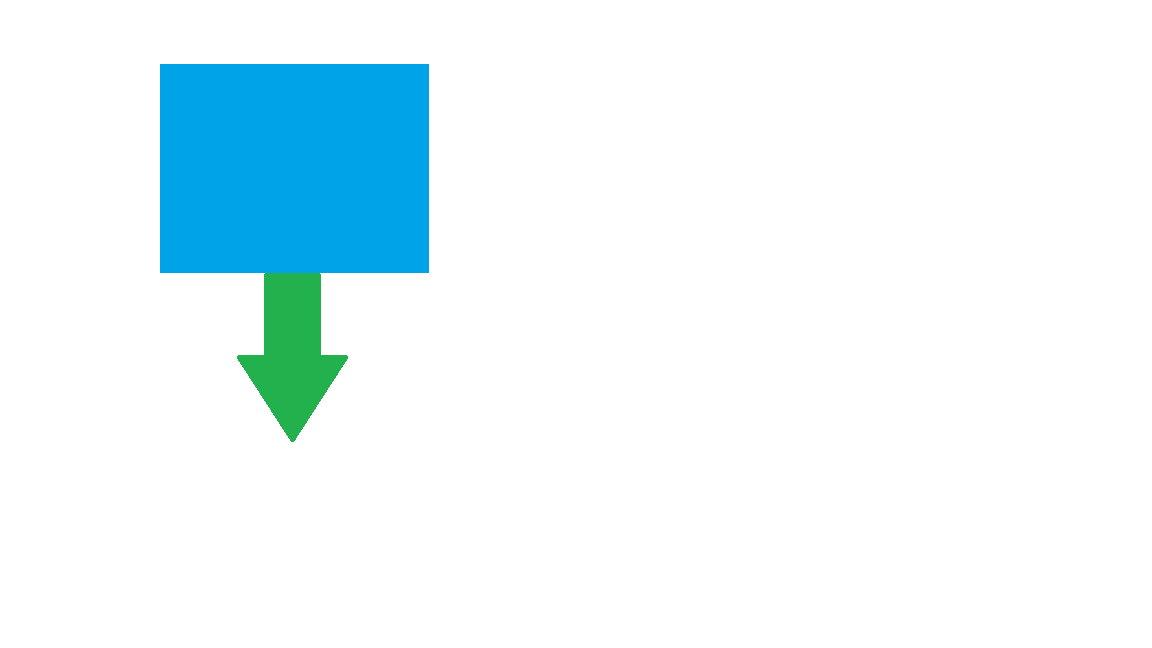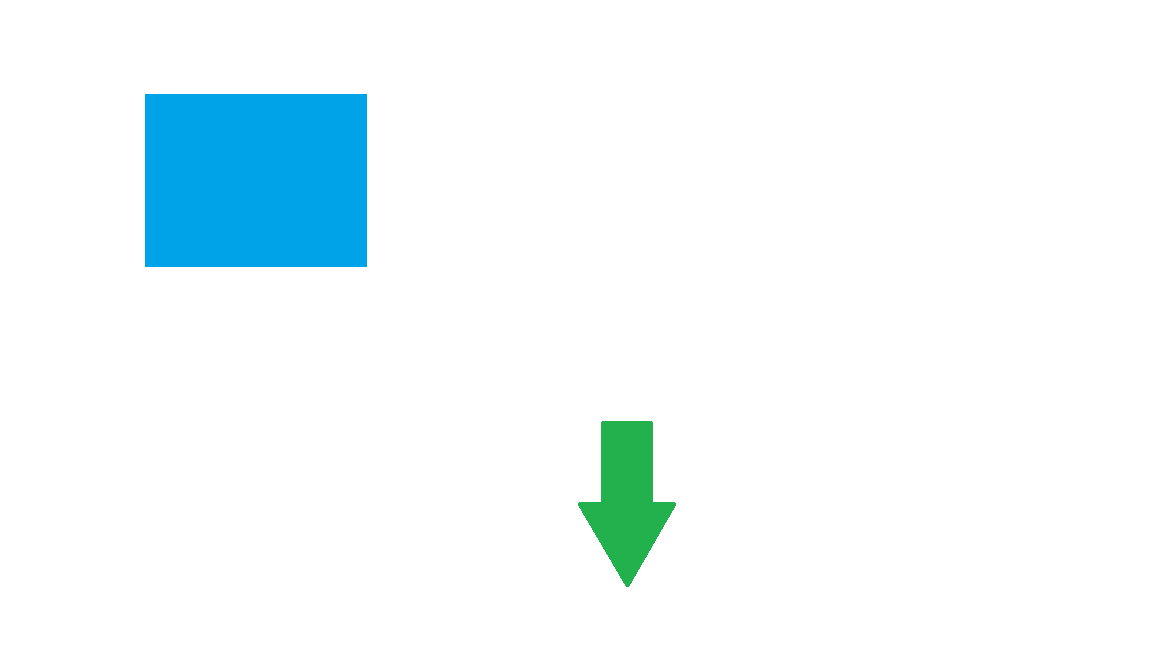How to Use Under and Below; Underneath and Beneath - Prepositions
A common mistake that students make with these two prepositions is assuming that they are always interchangeable. While both can be used to refer to something at a lower level than something else, there are certain circumstances where one should be applied over the other.
Under should be used when we are referring to something directly lower than something else, especially if it is in contact with, or covered by it.
“The dog is under the table.” (The table is covering the dog)
“He is wearing a t-shirt under his jacket.” (The jacket is in contact with and covering the t-shirt)
Below should be used when we are referring to something at a lower level than something else - though not directly under, in contact with, or covered by it.
“The television is below the shelves.”
“The climbers stopped to rest on a ledge below the top of the mountain.”
These two images demonstrate the difference in usage:
- The arrow is under the square:

2. The arrow is below the square:

Learning to differentiate between the two is important. On a form, for example, you sometimes see an instruction like: “Do not write below this line.” The preposition below is chosen here deliberately to make the instruction more precise and eliminate any potential confusion. Below makes it clear that no matter how much space there is on the form below that line, you must not write on it. If under was used instead, the reader might mistakenly think that only the space directly under the line must not be written on, and that the rest can be.
To help understand how to accurately apply under and below, it is important to note their link to the prepositions over and above. In fact, it can be useful to look at them together, as under can be considered the opposite of over, whereas below is the opposite of above.
As we have seen in our page comparing Over and Above, over can refer to something at a higher level than the person or object we are describing, yet still connected to it in some way, either by being directly in contact, or covering at least some portion of it. If you said, “I put the blanket over the sleeping baby”, that means the blanket is higher than the baby but still in contact and covering it. It would then be true to say that “the sleeping baby is under the blanket”. That is because the baby is lower than the blanket, but the blanket is in contact and covering it.